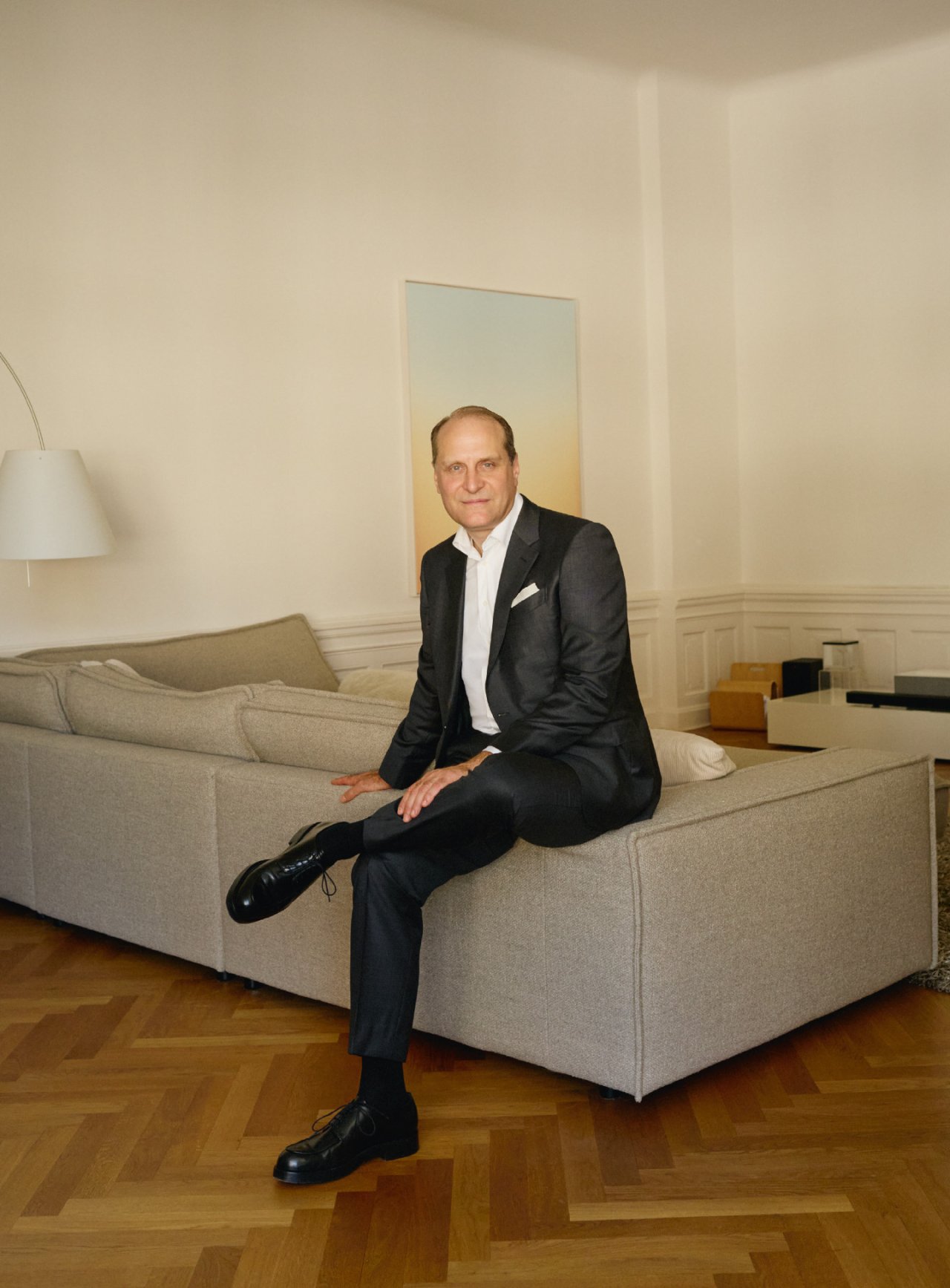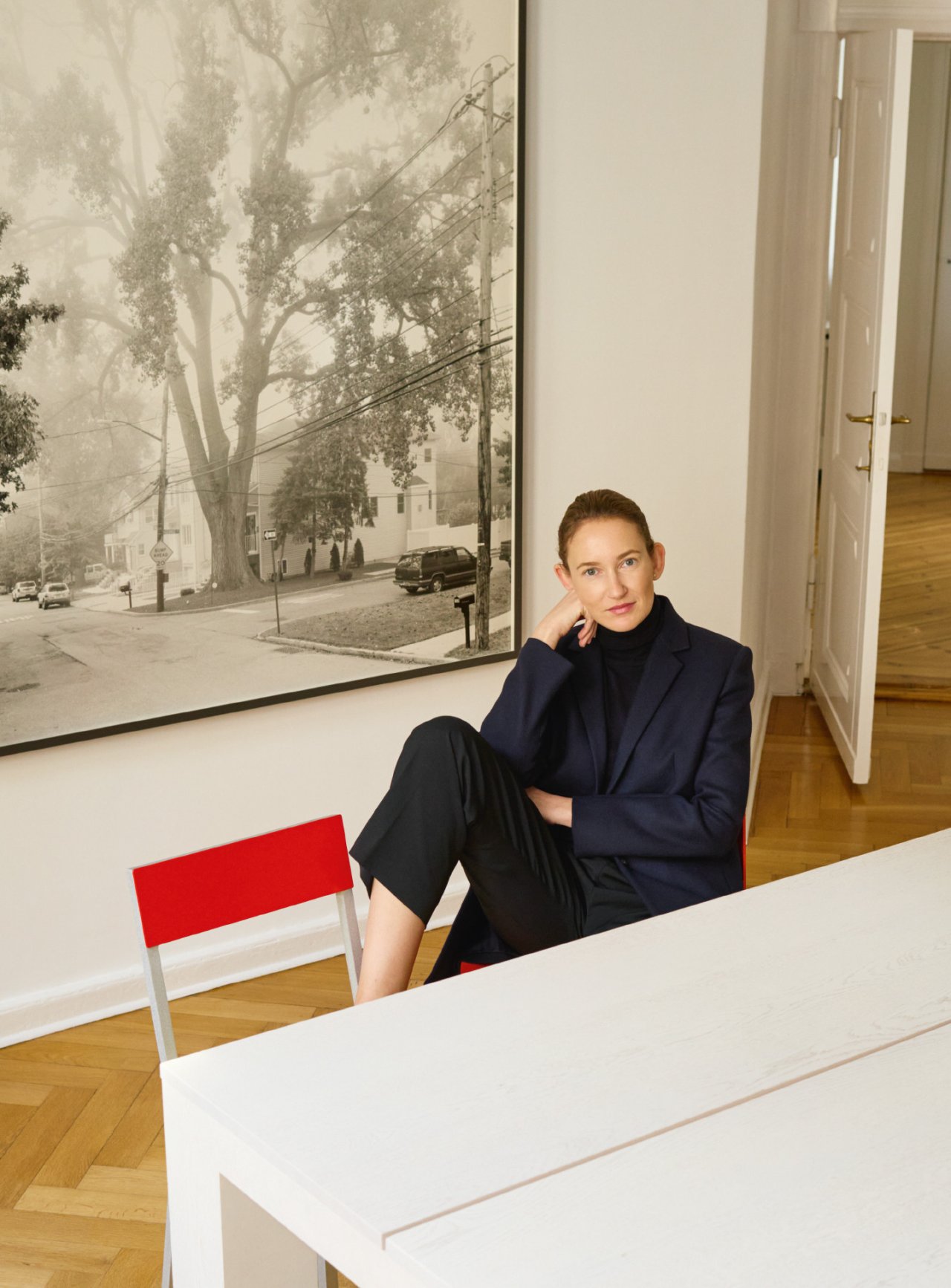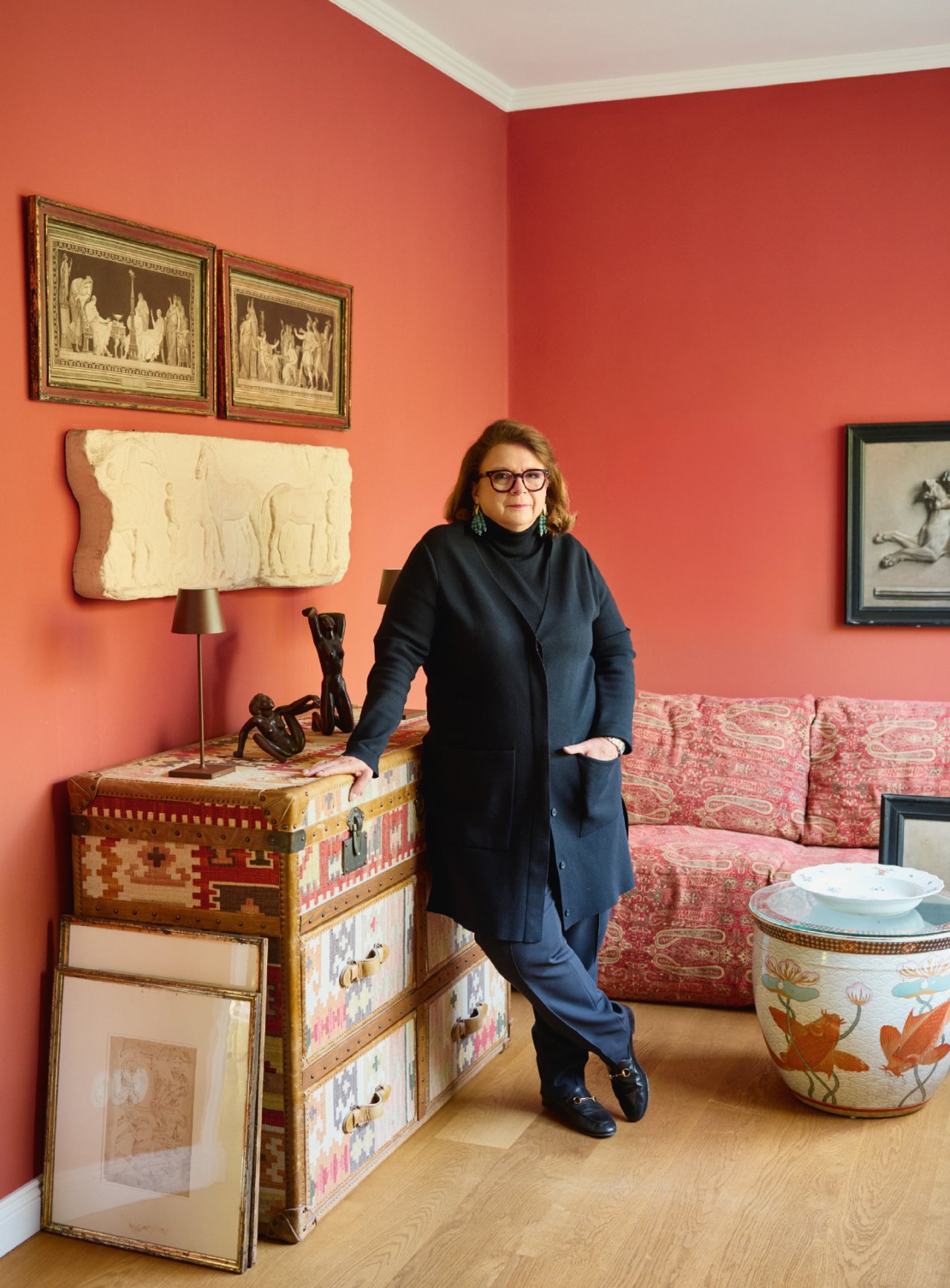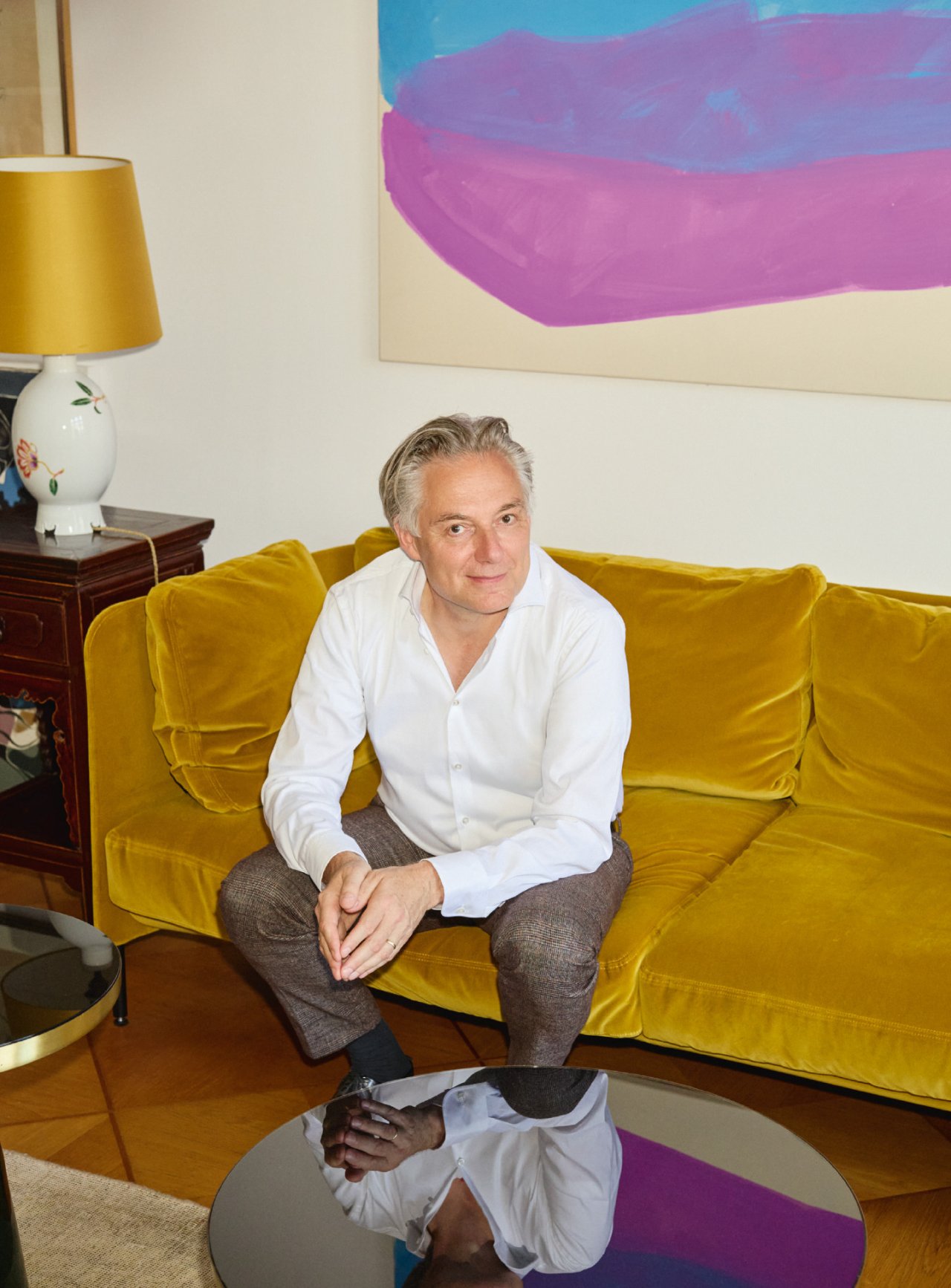As Speaker of the Management, Daniel von Schacky is first among equals at Grisebach. Born as the son of a diplomat in Bonn in 1976, he grew up bilingual thanks to his American mother. After attending school in Berlin, he studied art history and international relations in Philadelphia. Upon graduating, von Schacky stayed on in New York, where he learned the ins and outs of the fine art trade from the ground up. His field is art created from 1960 to 2010.
What fascinates von Schacky most about his work at Grisebach is how “every day is different.” There simply is no such thing as a routine in this business! Add to that his many encounters with collectors: “These are people with highly diverse personalities and very different interests. But one thing they never are, and that is boring.” Being able to visit these collectors in their homes and seeing how they interact with their art is something that von Schacky regards as a privilege and an inspiration.
Von Schacky’s background, education, and training have enabled him to assemble a tightly knit network across the Anglophone market. He just returned from London recently, “The auctions there are not just venues for selling art; they’re also places where you meet up with your existing contacts and canvas new clients.” Thus, von Schacky is the one mainly responsible for private sales at Grisebach. And he also collects for himself: coloured woodcuts by Katsushika Hokusai and Utagawa Hiroshige, masters of the Ukiyo-e style (“pictures of the floating world” in Japanese). “This genre, which is an intriguing example of the cultural exchange between the East and the West during the 19th century, is a wonderful diversion from contemporary art.”
Tip for culture enthusiasts:
The Schinkel Pavilion behind the Berlin State Opera. Built under the Communist regime of the GDR in an eclectic mix of Classic and Modernist styles, it is now home to an art association that consistently manages to surprise us with exciting works of Contemporary Art, both old and new.



